#Explore Pompeii
Explore tagged Tumblr posts
Text
Pompeii, Italy

View On WordPress
#Adventure Seekers#Blo#Blogger#Couples Travel#Explore Italy#Explore Pompeii#History#International travel#Italy#Mount Vesuvius#Photography#Photos#Pompei#Pompeii#Ruins#Travel Blog#Visit Pompei#vlog#Vlogger#World History
0 notes
Text




Streets of Pompeii.
March 2024
#pompeii#pompei#pompei scavi#campagna#italia#italy#travel#original photography#photographers on tumblr#photography#lensblr#historical architecture#architecture#archaeology#archeology#antiquity#ancient history#wandering#urbanexploration#urban exploration#ancient rome#ancient roman#roman architecture#ancient architecture#wanderingjana
447 notes
·
View notes
Text
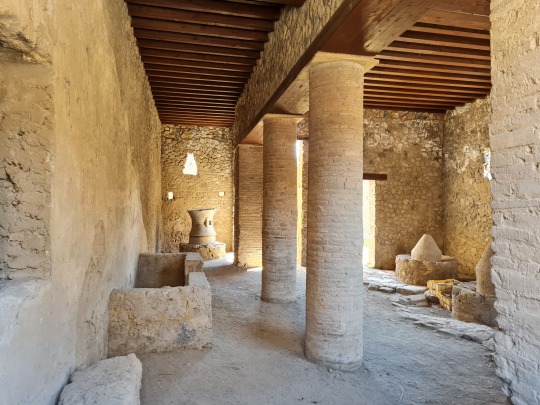

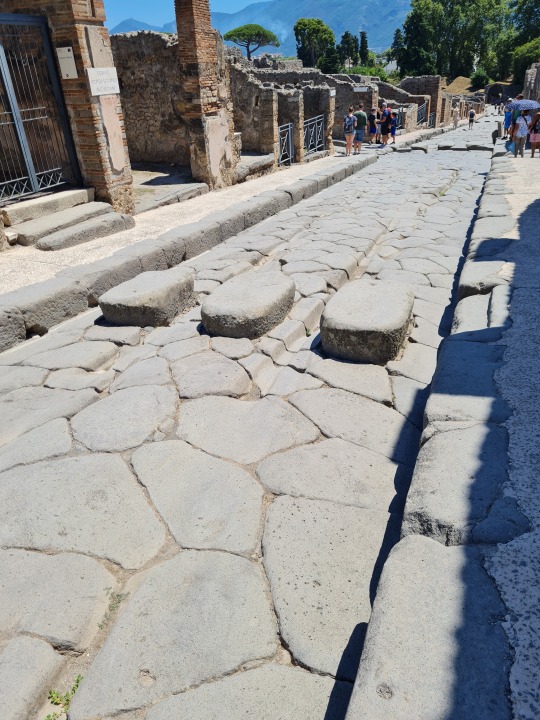
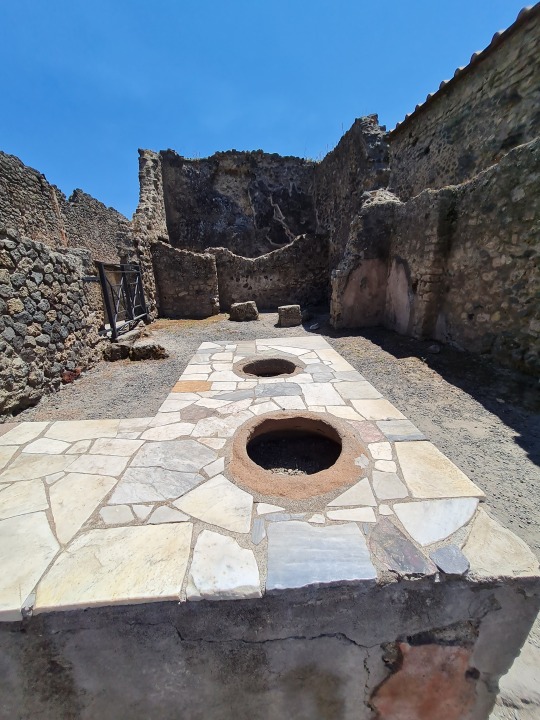
The ancient city of Pompeii, Italy
On the first photo is the bakery of Sotericus.
On the last photo you can see clay pots built into countertops in the taberna.
#pompeii#ancient rome#antiquity#archaeology#ancient history#ancientmonuments#history#culture#architecture#travel#traveling#travel photography#travel destinations#art#roman architecture#roman archaeology#photography#photographers on tumblr#italy#mediterranean#italytravel#italia#explore#wanderlust#ancient ruins#places to visit
739 notes
·
View notes
Text


The prototypes to my Geology Monsters series were these two funky guys from March 2023.
I made the sketch for the marten in the plane from Naples to home, after we'd done a full circle around Mt. Vesuvius and you could really peer into its crater and see how close it is to the metropolis. I had also visited it during my stay there (but it was cloudy all week so unfortunately the view at the summit wasn't good), as well as the ruins of Pompeii and Herculaneum. That really sparked something in me. These two volcanic beasts were painted the same week after I got home.
Later I picked up the concept again and the monsters became more, well, monstrous. I still like these though! Both are small paintings done with ecoline inks.
#stylistically I was inspired by the Roman art I saw during that trip especially for the marten#The marten was like a (strato) volcano spirit and the hyena represented pyroclastic flows#I'm still tinkering on the design for the beasts of pyroclastic flows and surges#I like the yeen but it's very tame#I want these monsters to be way more scary because hot damn those things are way more terrifying than any lava in my opinion#it's kind of poetic that Vesuvius is the first volcano I visited#since I had to read the eruption report from Pliny in my Latin class when I was a teen#and that already made a big impression on me#and later I studied Roman archaeology and of course Pompeii comes up a lot there too#Just felt like I came full circle when I was finally there it was kind of emotional#I'd go back in a heartbeat to explore some more#geology monster#avanii's art#traditional art#ecoline#volcano monster#marten#hyena
132 notes
·
View notes
Text

Via delle Tombe, an Ancient Roman road lined with tombs.
Pompeii, Italy
2017ish
#pompeii#pompei#italy#italia#road#cemetery#tomb#original photography#photography#taphophile#taphophilia#lensblr#photographers on tumblr#tombs#ancient rome#ancient roman#road photography#roman architecture#ancient architecture#archaeology#ancient ruins#urbanexploration#urban exploration#wanderingjana
26 notes
·
View notes
Text
Vesuvius and Pompeii. Aerial View. #travel #napoli #italy #nature #histo...
youtube
Vesuvius and Pompeii. Aerial View
#photography#nature#travel#holiday#explore#youtube#movies#architecture#italy#napoli#vesuvius#pompeii#vulcan#history#museums#music#home & lifestyle
8 notes
·
View notes
Text










Our final stop was Naples and I realized my childhood dream of visiting Pompeii. I cannot even begin to describe how amazing it was. Sometimes you can almost hear the sounds of the old city, especially in areas that are less frequented by large tour groups. But the most amazing parts were the frescos. As an artist myself, I feel like I learned something new by looking closely at the brush strokes and I can't wait to get home and try to paint like them! I wonder if those ancient artists know that modern artists still learn from their work. I also attempted to climb Mt. Vesuvius, but I will post more about that over on my side blog, @vesuvius-official.
I am so sad to be flying home today. Europe as a whole has been awesome. I hope I can come back again someday, and hopefully for a longer visit!
13 notes
·
View notes
Text
I realized recently (read: today as I'm writing this) that while I associate certain specific fiber arts with Athena (knitting, weaving, dying, and spinning), I associate crochet specifically with Apollo, though Athena's there too, of course. I think it's because it's more free-flowing: I can freehand something with crochet more easily than I can with knitting, both because I've known it longer and because there are fewer Things To Learn, unlike knitting which has a million different techniques that may seem interchangeable but actually aren't and that all affect the end product in a pretty big way (looking at you decreases & bind-offs). Because I can free-hand crochet more easily, and I grew with it the same way I did with drawing, they have similar vibes. Knitting and weaving, on the other hand, have steeper learning curves imo and are way more structured- and I associate more solid (dare I say rigid) structure with Athena. Embroidery and cross-stitch are kinda in their own floating category, maybe because I do them less and therefore have weaker associations with them over-all. I associate hand-sewing largely with Hestia, though again, Athena is always also there, because I associate it with mending, altering clothing, and making home items (ex the quilted pillowcase I've been mentally turning around in my head for the last few weeks).
Interestingly, I find printmaking specifically to be associated with both Athena and Apollo. It leans into the latter's domain, of course, the same way crochet does Athena's, but the structure you need in order to layer & print properly without hurting yourself, ruining equipment, or fucking up you edition seems reminiscent of Athena. Dyeing, especially making & using natural dyes, feels very much like an Athena thing despite it 1) feeling similar to painting or using inks and 2) being a trial & error process that's honestly pretty free-flowing if you approach it a certain way (especially if you do solar dyeing, which doesn't necessarily need some of the more meticulous processes you need to boil-dye something).
#brought to you by 'reminiscing about an art history project' & 'knitting a veiling cloth' & 'sick & bored'#i really should take advantage of the heat and do some solar dyeing#we have glass jars & a front and back porch#hell i could probably use our kitchen window#it's so fucking hot guys. i hate it here. born for the cold forced to live in a fucking oven#it's not even the hottest area of the country#anyway. i dyed wool yarn & weaved it into a test swatch for my final project for an art history class about pompeii#we were supposed to take a concept we didnt expand on in class & explore it & i decided to look at how the middle class (who would have worn#colors you get from dyeing but couldnt upkeep vivid ones like the upper class did so they faded)#may have dyed their clothes/yarn despite most people not having access to their own hearths to boil-dye things#since glass existed by then#i even got special permission to harvest from the university's overgrown (& at that time closed) dye garden so i got to work w/ red madder#anyway. i digress#hellenic pagan#helpol#hellenic polytheism#hellenic polythiest#upg#unverified personal gnosis#athena#apollo#hestia#my post#coriander says#i wanted to work with pomegranate as a binder for the dye project since it's a geographically relevant plant but we couldn't find any ://
11 notes
·
View notes
Text
youtube
Exploring The Ruins Of Pompeii
Pompeii is SO big, but we were determined to see all of it. Follow along as we show you all the ruins, the amazing mosaic floors, and life as it was for Pompeiians 2000 years ago. If you'd like a guide to help you navigate Pompeii, we highly recommend this tour with an archeologist: https://www.getyourguide.com/pompei-l... This travel guide will walk you through all the sites in Pompeii, from the amphitheater to the House of the Geometric Mosaics to the incredible Casa del Menandro. From the Temple of Apollo and the Temple of Isis to the Forum and the plaster casts of the victims of the Mount Vesuvius eruption. We'll also give you helpful tips along the way to save you time and make sure you have a great experience when you visit the Pompeii ruins. We also wanted to show you how to get from Naples to Pompeii. Taking the train to the Pompeii Archaeological Site can be a little complicated because there are multiple train stations in Pompeii, so we show you exactly what tickets to buy and where to go to catch the train.
2 notes
·
View notes
Text
Pompeii

View On WordPress
6 notes
·
View notes
Text
.
#at the point where im just straight up blocking people who keep telling me im wrong about being able to visit the titanic#because ''you can visit pompeii''#hey dude my guy#within the shipping community its accepted that if someone died in a shipwreck that wreck is their gravesite#and that we should not try to explore it because we are disturbing someones grave#family members and survivors have repeatedly said please dont do this kind of thing#i have a feeling these people did not look at any of the sources i included like ask a morticians video#like i get that you might think otherwise but most of the shipping community agree that these wrecks are gravesites#and they are not to be explored#many are protected by law#so keep your hypotheticals away from me#if you want to argue about it#go argue with the family members of the men who died on the edmund fitzgerald
5 notes
·
View notes
Text
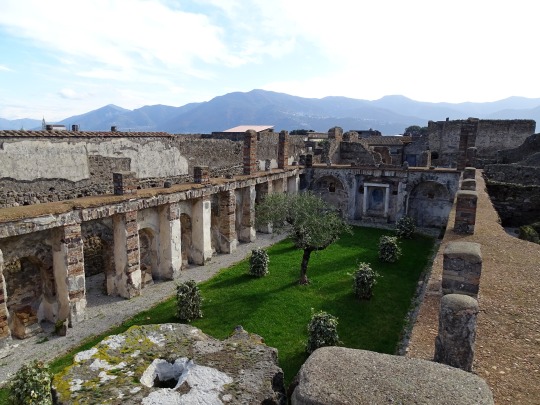
A sunken garden.
Casa dell’Ancora (House of the Anchor)
Pompeii, Dec. 2019
#pompeii#pompei#pompei scavi#archaeology#travel#original photography#photographers on tumblr#photography#lensblr#wandering#urbanexploration#urban exploration#architecture#architecture photography#historical architecture#italia#italy#architettura#campania#ancient rome#ancient roman#roman architecture#ancient architecture#wanderingjana
225 notes
·
View notes
Text
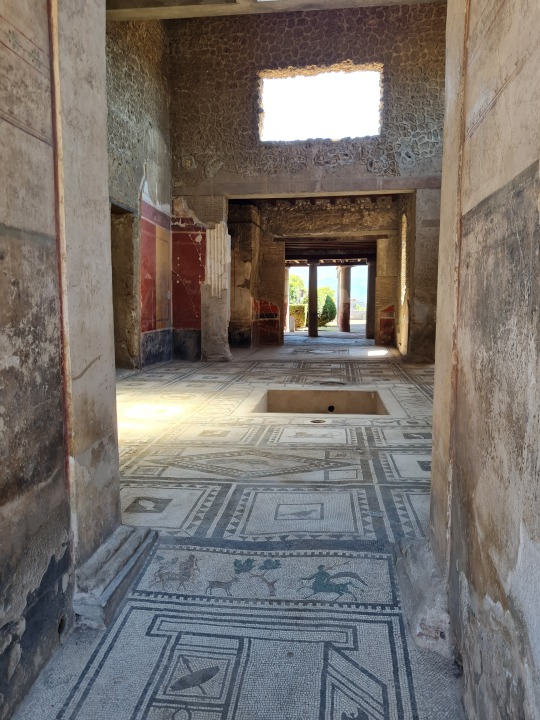


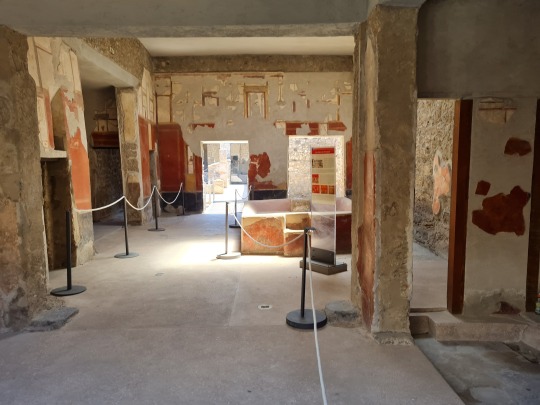
The ancient city of Pompeii, Italy
On the first photo is the house of Paquius Proculus. On the last photo is the fullonica of Stephanus, a laundry worker who used the house as his workshop.
#pompeii#ancient rome#mosaics#roman art#roman history#ancient#ancient history#antiquity#archaeology#ancientmonuments#vesuvius#ancient art#history#architecture#culture#art#art history#travel#travel photography#traveling#photography#photographers on tumblr#explore#wanderlust#italy#italia#italytravel
979 notes
·
View notes
Text

Ancient Roman tomb along the Via delle Tombe.
Pompeii, Italy
March 2024
#ancient rome#cemetery aesthetic#cemetery photography#cemetery#tomb#original photography#photography#taphophile#taphophilia#lensblr#photographers on tumblr#tombs#antiquity#ancient history#roman empire#archaeology#ancient art#ancient roman#roman architecture#italy#italia#pompeii#urbanexploration#urban exploration#wanderingjana
18 notes
·
View notes
Text
#vesuvius #pompeii #aerial #travel #napoli #italy #nature #landscape #vu...
youtube
Vesuvius and Pompeii Italy 🇮🇹 napoli
#photography#nature#travel#holiday#explore#home & lifestyle#youtube#movies#italy#napoli#vesuvius#pompeii
2 notes
·
View notes
Text
🚢 A Week of Travels and Literary Journeys | Author Diary - September 22, 2024 📚🌍
🚢 Cruise Adventures: This week, I took a break from writing to embark on a cruise that took me to some of Europe’s most storied destinations, including Pompeii, Rome, and Girona. Each city offered its own unique blend of history, culture, and breathtaking sights. From the ancient ruins of Pompeii to the medieval charm of Girona, this journey was a treasure trove of inspiration and a wonderful…

View On WordPress
#Among the Trolls#author diary#Book recommendations#creative journey#cruise travels#cultural exploration#European cruise#exploring ancient cities#Fake Heroes#Girona sights#historical destinations#historical sites visit#Marianna Spring#Otto English#reading while traveling#Rome tourism#travel and literature#travel inspiration#visiting Pompeii
0 notes